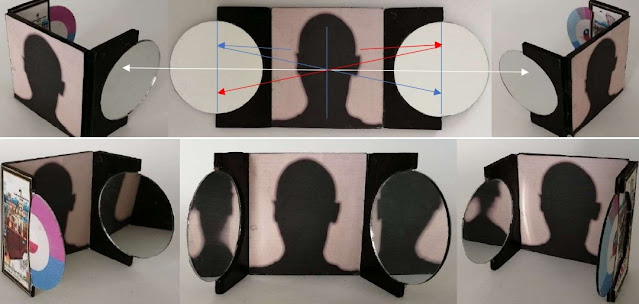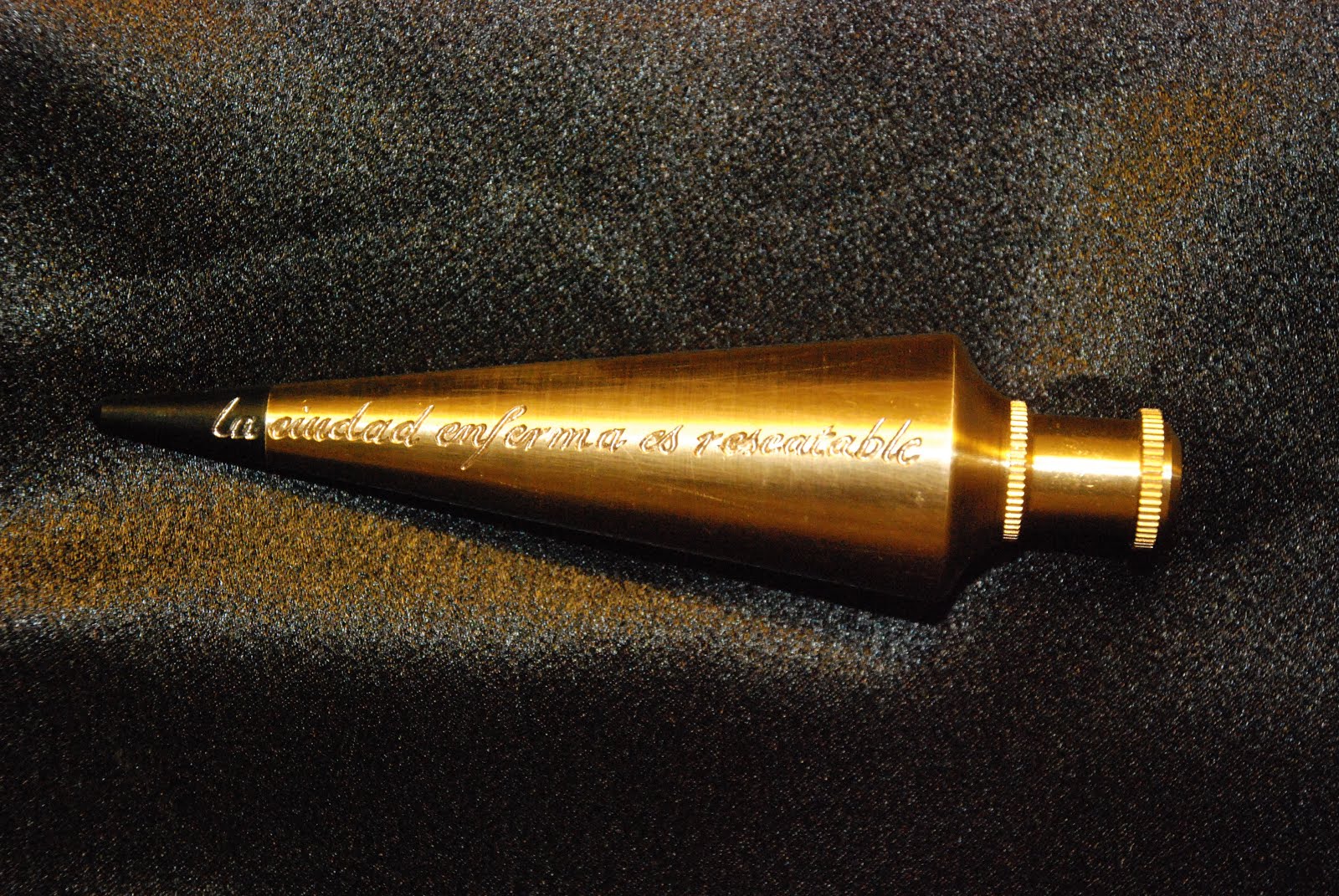Pop UP Tourist Information Centre

Open PUTIC. Triptych 3M X 1M, Scale model 1:10. Re-mounting of author’s “Modernity’s Bridge” (Project Anywhere 2020). Infographics split on the convex side of mirrors: global survey about the unprecedented violence and destruction in Santiago de Chile: respondents knew or heard: Nothing 40%/Very Little 30%/Something 24%/A Lot 6%, yet 50% believed the urban insurrection would improve equality. PUTIC, one-third open, Ground Zero site map. Embracing the tourist are three symbolic sites of destruction in Ground Zero: Centre, Plaza Baquedano - Earth; Left, the GAM - Paradise; Right, the Police Monument/Church - Purgatory. Uniting each: graphic representation of the Andes Mountain range taken from a commemorative box of Andes matches as the horizon; Midground, Metro public transport map with some of the arson attacked stations in flames; Base, Event chart, October 18 to November 25, 2019, P eace accord signed but peace never came then 1.2 million marched. Some 2000 assaulting/Molotov/r



